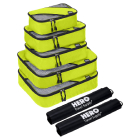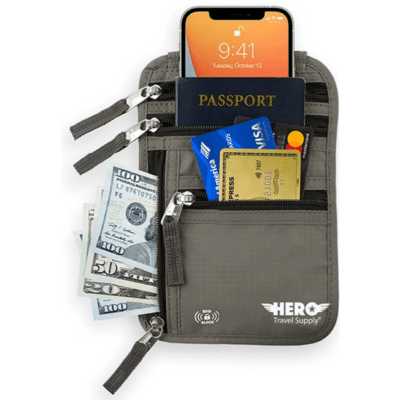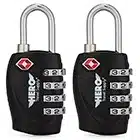Saudi Arabia is a country unlike any other—a country with a rich history, sweeping landscapes, and a mix of traditional and modern life. From the skyscrapers of Riyadah, the archaeology of Al Ula, and the coastlines of Farasan Islands, there’s so much to see that it’s hard to pack it all in one trip’s itinerary.
To help you plan, we’ve put together a list of what to pack, which power adapter to bring, and what to expect when traveling to the Kingdom of Saudi Arabia (KSA).




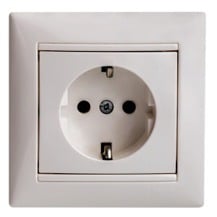
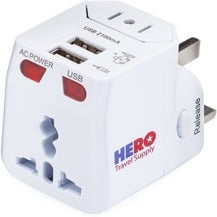
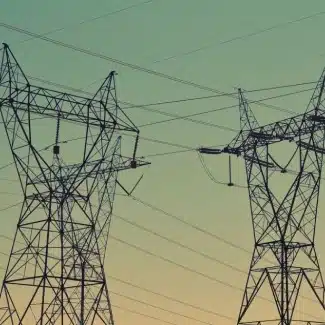 While there are occasional power outages, generally, Saudi Arabia has reliable electrical infrastructure. Saudi Arabia has a national grid and is connected to the surrounding country’s power grids in order to improve the efficiency and stability of both electrical power grids.
While there are occasional power outages, generally, Saudi Arabia has reliable electrical infrastructure. Saudi Arabia has a national grid and is connected to the surrounding country’s power grids in order to improve the efficiency and stability of both electrical power grids.